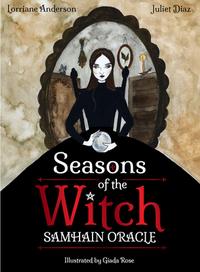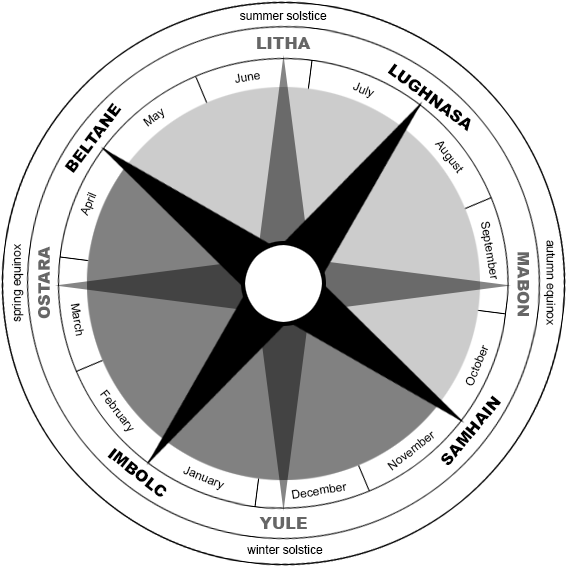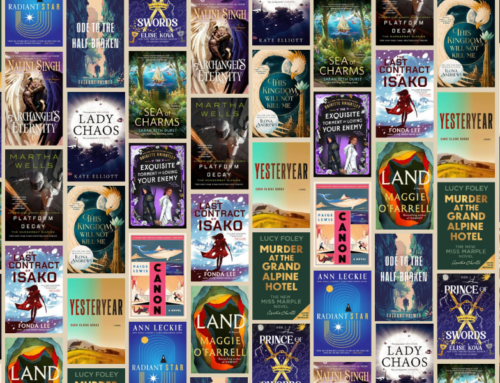By Renata
Autumn has arrived, the days are starting to get shorter, everywhere we begin to see the turning of the season: the glorious colors, the falling leaves, the beautiful mushrooms. We notice the need to wear scarves, warmer clothes and drink some Pumpkin Spice Lattes (love it or leave it). Autumn is also the time when our attention turns to the holidays that mark the end of the year, especially the first one: the Hallowe’en.
Hallowe’en, a day when many plan a horror movie marathon with friends, or organize a party with decoration and scary-themed delicacies, or even dress up as their favorite character and go out with their kids for some trick or treats.
But did you know that Hallowe’en has roots at the old Celtic Festival called Samhain?


Over time, with the predominance of Christianity, many pagan festivals were incorporated into the Christian calendar and Samhain became All Hallows Eve (later on, Hallowe’en), celebrated on November first. The use of costumes was not left behind, and when the Irish immigrated to America, this tradition was taken with them and mixed with local traditions such as carving pumpkins, which was a way to celebrate the harvest (also at the end of September, beginning of October).
Nowadays this tradition is gaining more and more enthusiasts in the Netherlands due to the influence of expats that came to live or work here.
Whatever your reason to celebrate Halloween, and even if you, like me, still celebrates Samhain, I wish you a nice Halloween. Enjoy this night with your friends and family!





